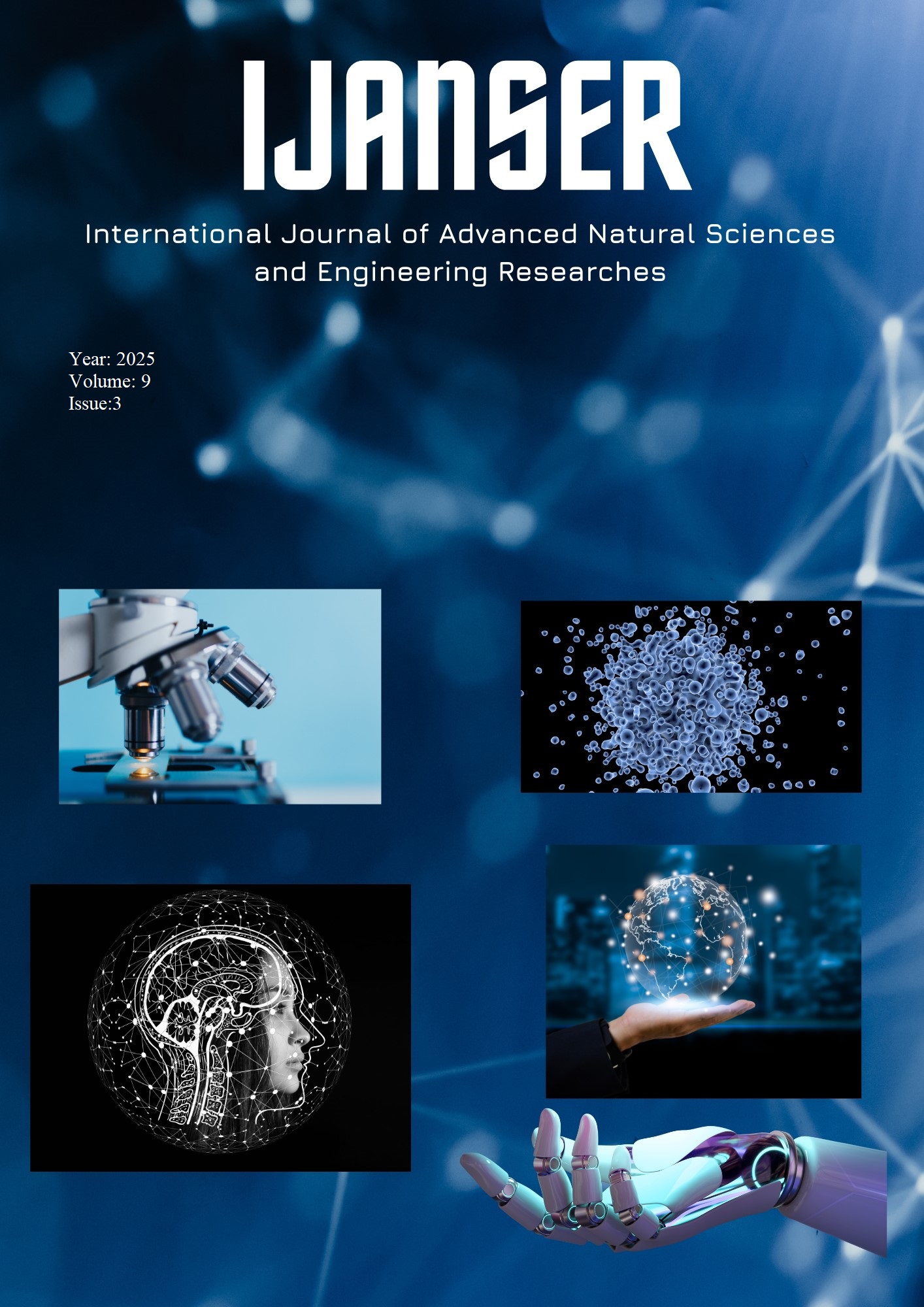Comparative Analysis of Different Types of Ordinary Portland Cement Brands and Evaluating Their Strength Characteristics
Keywords:
Cement Type, Soundness, Setting Time, Mortar StrengthAbstract
This study presents a comparative analysis of various brands of Ordinary Portland Cement
(OPC) available and mostly used for the Civil Engineering construction works. The research evaluates the
strength characteristics of concrete samples prepared using different cement brands by conducting tests
such as fineness, consistency, setting time, and compressive strength. Laboratory experiments were
performed following ASTM standards, and the results provide insights into the performance of different
OPC brands in construction applications. The findings of this research will help engineers and
construction professionals in selecting suitable cement for various structural applications.
Downloads
References
ASTM C109/C109M, "Standard Test Method for Compressive Strength of Hydraulic Cement Mortars."
ASTM C191, "Standard Test Method for Time of Setting of Hydraulic Cement by Vicat Needle."
ASTM C187, "Standard Test Method for Normal Consistency of Hydraulic Cement."
Neville, A. M. (2011). "Properties of Concrete." Pearson Education.
ACI Committee 201. (2015). Guide to Durable Concrete. American Concrete Institute (ACI)ACI Committee 211. (2013). ACI 211.1-91: Standard Practice for Selecting Proportions for Normal, Heavyweight, and Mass Concrete. American Concrete Institute.
ACI Committee 318. (2019). ACI 318-19: Building Code Requirements for Structural Concrete. American Concrete Institute.
Ahmed, S., & Siddiqui, A. R. (2018). Comparative Study of Strength Characteristics of Concrete Using Different Brands of Ordinary Portland Cement in Pakistan. International Journal of Civil Engineering, 6(4), 238-245.
Alexander, M. G., & Mindess, S. (2015). Aggregates in Concrete. CRC Press. Aspdin, J. (1824). Patent No. 5022X: An Improvement in the Modes of Producing an Artificial Stone. United Kingdom Patent Office.
ASTM International. (2019). ASTM C109/C109M-16a Standard Test Method for Compressive Strength of Hydraulic Cement Mortars (Using 2-in. or [50-mm] Cube Specimens). ASTM International.
ASTM International. (2019). ASTM C150/C150M-19a Standard Specification for Portland Cement. ASTM International.
ASTM International. (2019). ASTM C39/C39M-19a Standard Test Method for Compressive Strength of Cylindrical Concrete Specimens. ASTM International.
Bentz, D. P., & Ferraris, C. F. (2010). Reducing the environmental impact of concrete. Cement and Concrete Research, 40(6), 897- 910.
British Standards Institution. (2015). BS EN 196-1:2015 Methods of Testing Cement - Part 1: Determination of Strength. British Standards Institution.
BS EN 12390-3:2019. (2019). Testing Hardened Concrete - Part 3: Compressive Strength of Test Specimens. British Standards Institution.
CEN/TC 104. (2015). EN 197-1:2011 Cement - Part 1: Composition, Specifications, and Conformity Criteria for Common Cements. European Committee for Standardization.
CEN/TC 104. (2018). EN 196-1:2016 Methods of Testing Cement - Part 1: Determination of Strength. European Committee for Standardization
Chappex, T., & Scrivener, K. (2012). Hydration of a low-CO2 calcium aluminate cement. Cement and Concrete Research, 42(10), 1317-1326.
Chatterjee, A. K. (2004). Composition and properties of concrete. CRC Press.
Chindaprasirt, P., Jaturapitakkul, C., & Sinsiri, T. (2005). Effect of fly ash fineness on compressive strength and pore size of blended cement paste. Cement and Concrete Composites, 27(4), 425-428.





